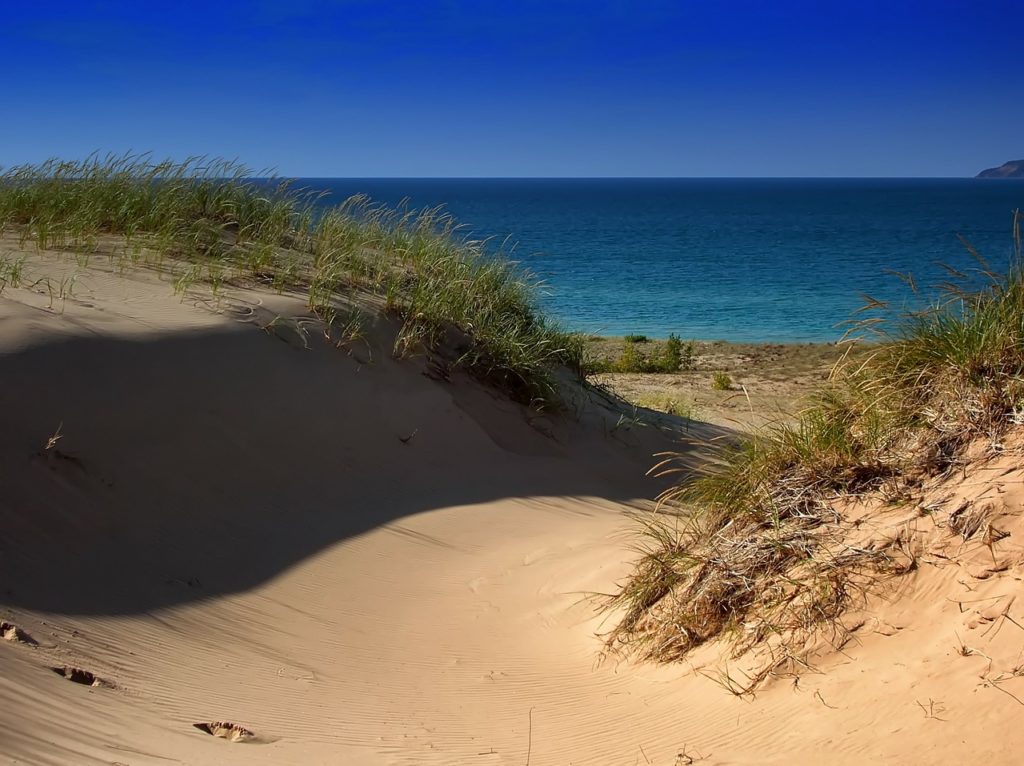
Article Summary: Michigan National Parks
Michigan National Parks! In this article, we feature some incredible park sites in the great state of Michigan. We’ve got 6 national park sites for you to see on your next visit to the Wolverine State.
I’ve been to so many of these amazing places since retiring from teaching in 2018. Did I mention that I taught history? I spent a lifetime teaching about the history behind these momentous sites. Then I got to see them firsthand. And now I’m sharing the stories of these incredible places with you. It doesn’t get any better than that!
I taught history for over a quarter of a century. Now I enjoy researching and writing these articles for More Than Just Parks.
These Michigan National Parks include amazing historic sites, incredible monuments, beautiful parks, legendary trails, and much more.
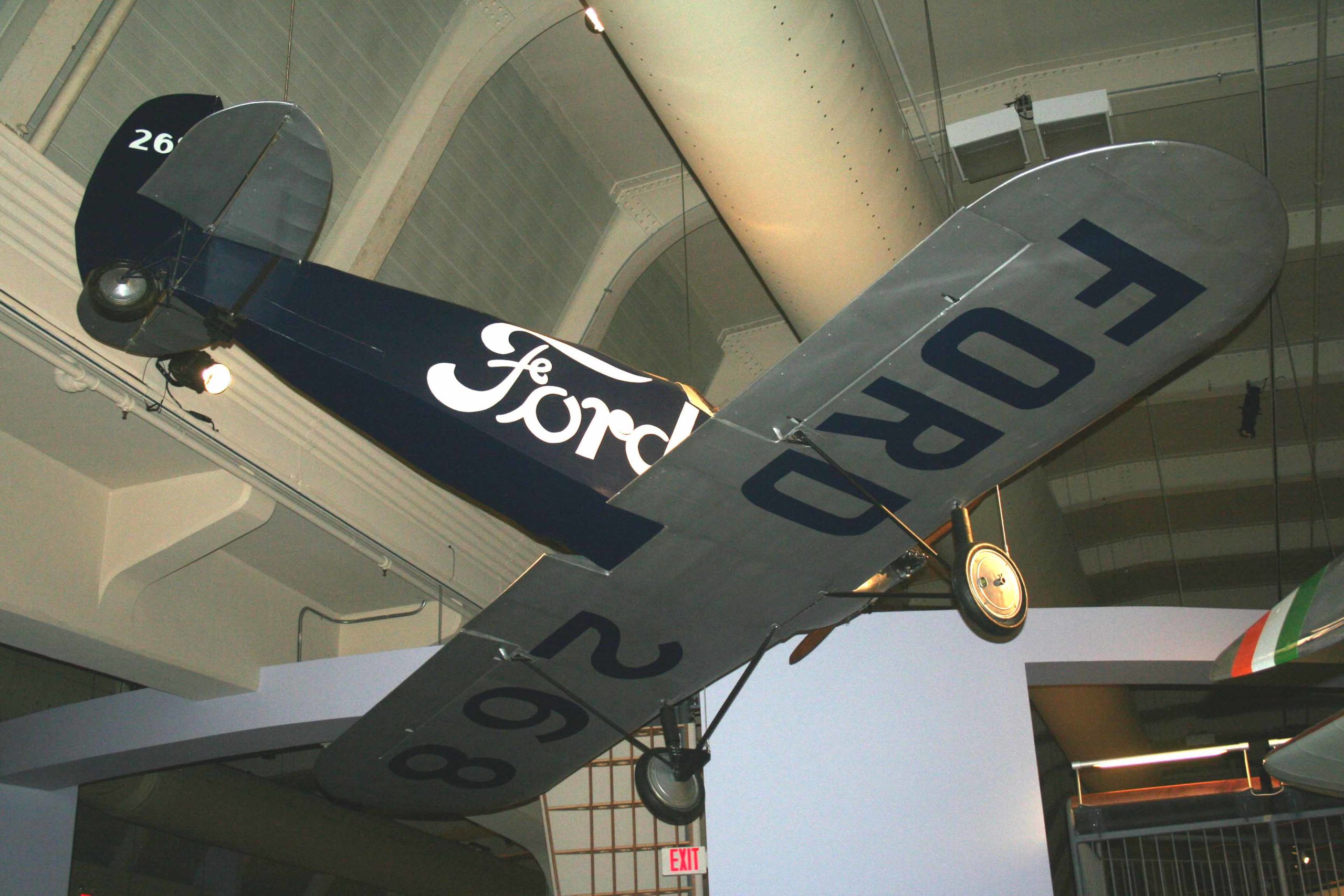
So, What Is A National Park?
We get asked that question a lot because there’s a difference between a “national park” and a “national park site.” To help you understand that difference you might want to check out our article titled: What Is A National Park Really?
Now if you’re planning a trip to the Wolverine State then I recommend: Michigan Bucket List Adventure Guide: Explore 100 Offbeat Destinations You Must Visit!
We’ll give you 6 reasons why you’ll want to make Michigan your next vacation destination.
Table Of Contents: Michigan National Parks
Michigan National Parks
- Michigan National Parks
- More Michigan National Parks
- More Michigan National Parks
- And Now For Something Entirely Different Because We’re More Than Just Parks
- Check Out Our Voyageurs National Park Film
- Michigan National Parks FAQ
- Meet The Parks Brothers
- Map Of Michigan National Park Sites
- We Hope You’ll Follow Our Journey
Michigan National Parks
1. Isle Royale National Park
Michigan National Parks showcase the stunning beauty and brilliant colors of the upper Midwest. Isle Royale National Park is a case in point.
Isle Royale is not your typical national park if there is such a thing as a typical national park. It’s a rugged, isolated island, which is far removed from the sights and sounds of civilization. The park is surrounded by Lake Superior. It offers adventures for backpackers, boaters, canoeists, hikers, kayakers and scuba divers.
To enjoy the full experience, I recommend camping at the park. Isle Royale has 36 campgrounds located across the island. These campsites, however, are accessible only by foot or watercraft.
Of course you can make it a day trip as well. Ferries offer day trips to Rock Harbor on the northeast end of the island and Windigo on the southwest end. There are both ferries and seaplanes available to take you there and back during the daylight hours.
There are also a number of short and long hikes available in both of these areas. Be sure to bring provisions with you. The terrain at Isle Royale is rough and uneven so I recommend hiking boots or durable tennis shoes.
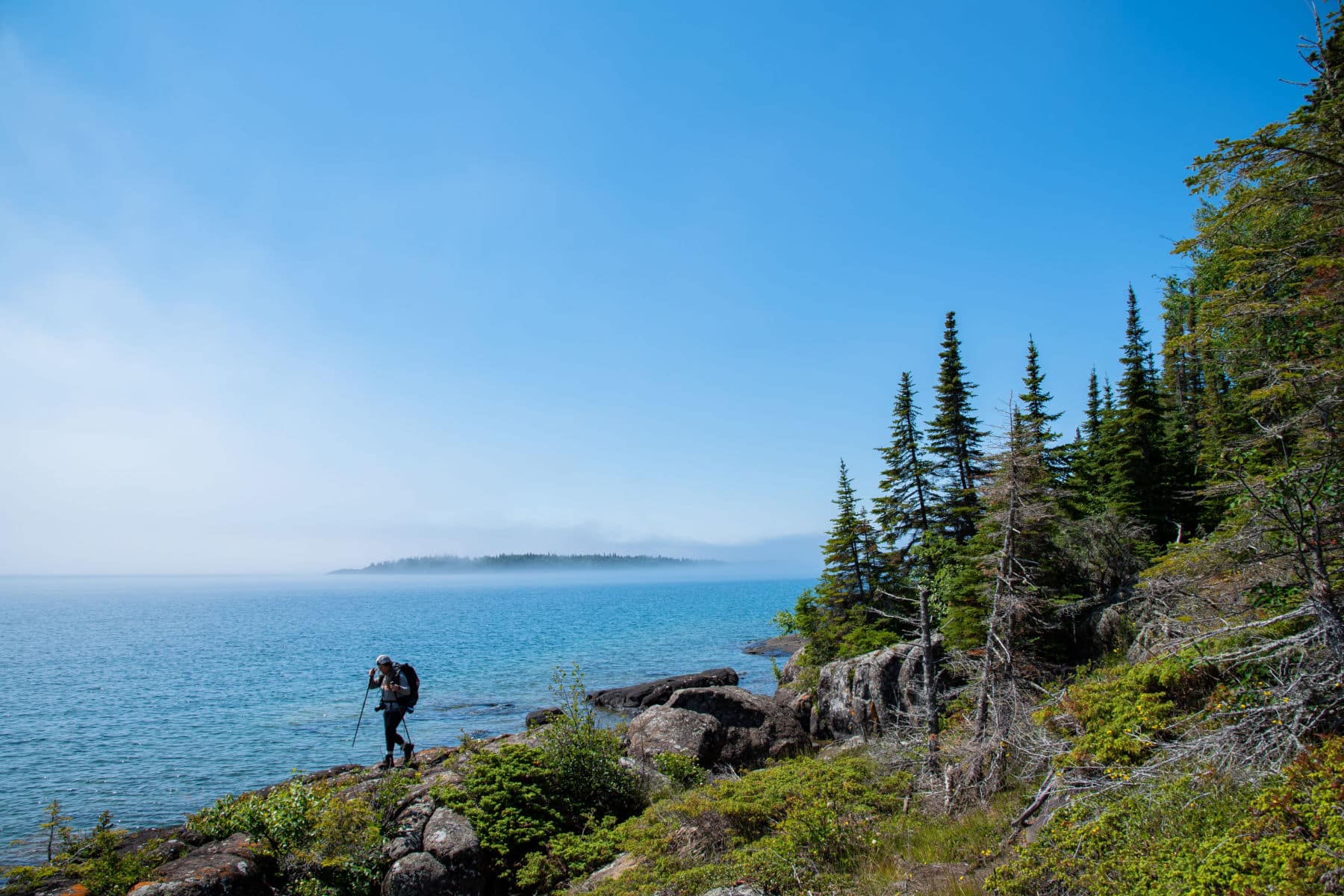
CHECK OUT: 11 FASCINATING Facts About Isle Royale National Park
There Are Many Things To Do At Isle Royale
There are many things to do at Isle Royale National Park, including:
- Hiking: There are over 165 miles of trails to explore on the island, offering a wide range of difficulty levels.
- Camping: There are several camping options available, including backcountry camping and campsites with amenities.
- Fishing and Boating: Visitors can rent boats or bring their own to explore the island’s many waterways.
- Canoeing and Kayaking: Paddlers can explore the island’s many bays and inlets, as well as its interior lakes and streams.
- Fishing: Visitors can fish for a variety of species, including lake trout, brook trout, and smallmouth bass.
- Wildlife Viewing: Isle Royale is home to a wide variety of wildlife, including wolves, moose, beavers, and over 240 species of birds.
- Photography: The island offers many opportunities for photography, from its rugged natural beauty to its abundant wildlife.
- Ranger-led Programs: Park rangers offer a variety of programs, including guided hikes, boat tours, and educational programs.
- Winter activities: Isle Royale National Park remains open year-round, offering winter activities such as cross-country skiing, snowshoeing, and ice fishing.

Eight Interesting Facts About Isle Royale National Park
- Isle Royale National Park is the only national park in the United States that completely closes in the offseason. The park is typically closed from November through mid April.
- Isle Royale was made a national park on March 3, 1931.
- Isle Royale National Park covers a total area of 571,790 acres.
- The number of people visiting Isle Royale in 2019 was 26,410 .
- The lowest elevation found in Isle Royale is 601 feet at Lake Superior.
- The highest elevation found in Isle Royale is 1,394 feet on Mount Desor.
- The entrance fee for Isle Royale is $7 per person per day.
- Despite being in Michigan, Isle Royale National Park lies in the Eastern time zone.
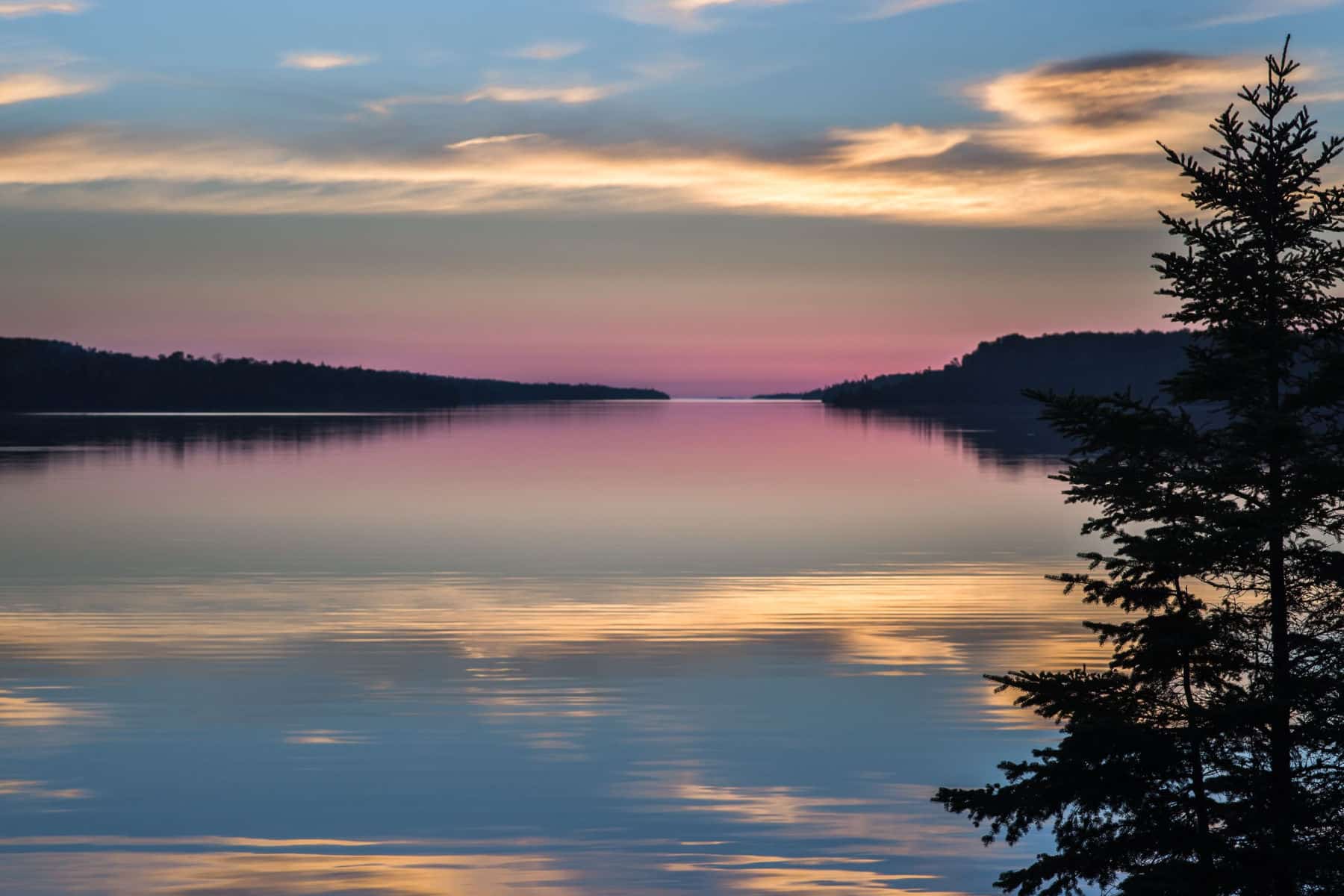
RELATED: 4 EPIC Indiana National Parks (Helpful Guide + Photos)
2. Keweenaw National Historical Park
Imagine a place where you can step back in time because when you journey to the Michigan National Parks that’s exactly what you’ll find.
The Keweenaw National Historical Park is such a magical place. There’s so many exciting things to see and do. Let’s start with the park’s heritage sites.
- The Calumet Theater is a historic opera house that was built in 1900. Guided tours are by appointment only and last approximately 45-60 minutes.
- The Central Mine at the Keweenaw County Historical Society was once home to over 1,200 people, Visitors can explore miner’s homes and see what life was like at one of the Keweenaw’s most successful early mines.
- The Eagle Harbor Lighthouse was built in 187. It’s still a working lighthouse. At the site you can see the lighthouse, keepers quarters, and several museums.
- Fort Wilkins Historic State Park is another great heritage site. The U.S. army built the fort in 1844. It now serves as an example of mid-19th century army life on the northern frontier.
- And then there’s the Hanka Homestead. Herman Hanka settled here with his family after he was injured in a mining accident. Visitors to the site can explore the Finnish pioneer culture.
- If you want to see how the wealthy lived then check out the Laurium Manor Mansion. Thomas Hoatson, owner of the Calumet and Arizona Mining Company, built this 45 room, 13,000 square foot home in 1908 using the finest are rarest materials available. Tours of the mansion are run daily.

Other Fun Activities At Keweenaw
Many of the park’s heritage sites offer some excellent hiking trails. Adventure Mine has approximately 4 miles of biking and hiking trails around the former mine site, leading through old mine building foundations, and historic pits on the site.
Or you can go underground at Adventure Mine. It offers a variety of guided tours and visitors are furnished with a hard hat and headlamp. There are no other lights underground however. These underground trails are rough so be sure to wear appropriate footwear.
There’s also a wonderful museum where you can discover the mineral heritage of the Keweenaw. It’s called the A.E. Seaman Mineral Museum and it’s definitely worth a visit.
As I retired history teacher, I love to have a blast with the past. One place I particularly enjoyed was the Copper Country Firefighters History Museum. Built in 1989, the historic Red Jacket Fire Station features displays dedicated to the history of fire fighting in the Copper Country.
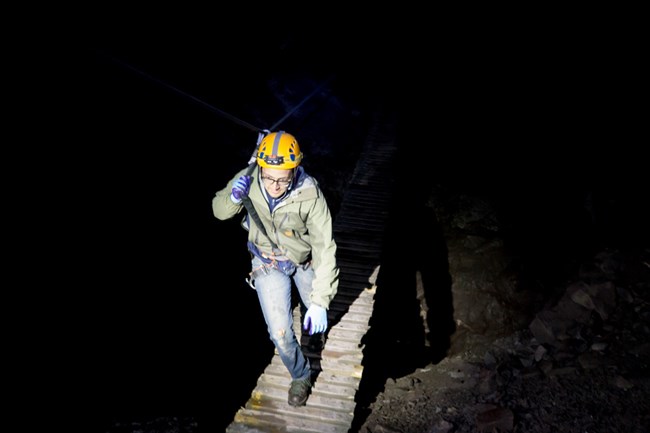
RELATED: 6 (EPIC) Maine National Parks For Your Next Visit To The Pine Tree State
3. North Country National Scenic Trail
Among the fabulous sites with comprise the Michigan National Parks is one of the loveliest hiking trails you’ll find.
The North Country National Scenic Trail provides visitors opportunities from bird watching to backpacking.
The trail traverses eight northern states, including Michigan, and connects a host of natural, historic and cultural sites. You can see everything from small towns to larger cities, valleys to hilltops and much more.
If you’re planning to go then I recommend picking up The North Country Trail: The Best Walks, Hikes, and Backpacking Trips on America’s Longest National Scenic Trail by Ron Strickland.
In addition to a full overview of the trail’s tread in each state, the guide describes in detail forty of the NCT’s premier segments, with helpful information including easy-to-read trail descriptions, physical and navigation difficulties, trail highlights, hiking tips, and precise maps incorporating the latest GPS technology.
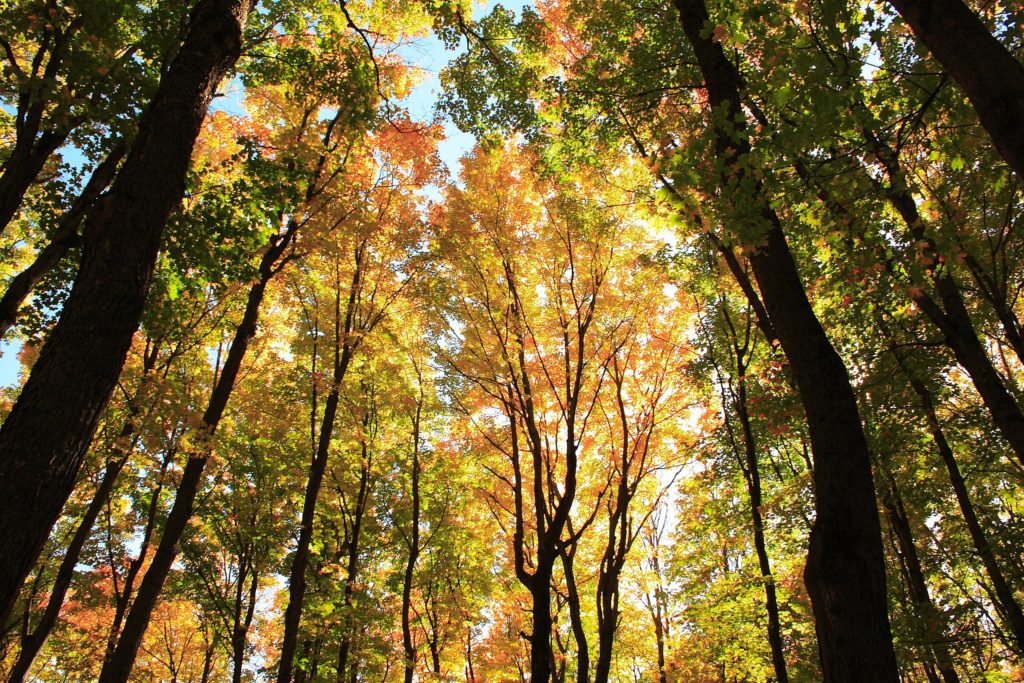
The History Of The North Country National Scenic Trail
In 1980, the North Country National Scenic Trail (NCT) was authorized by Congress. It stretches 4,600 miles from upstate New Hampshire to its western terminus at Lake Sakakawea State Park.
The trail actually traversed seven states until 2019 when Vermont was added. The Vermont section is only about 70 miles long.
Across Michigan’s Upper Peninsula (UP) the Trail primarily provides a wilderness experience. The UP’s prime scenery includes large lakes, old growth forests, rugged hills, numerous waterfalls and the colossal Lake Superior shoreline – all set amid some of the most remote, uninhabited country found on the North Country Trail.
The five-mile segment that is the Mackinac Bridge can be crossed on foot during the annual Mackinac Bridge Walk each Labor Day.
In Michigan’s Lower Peninsula, the Trail winds through the expansive Manistee National Forest, and a wide variety of state and county parks, state forests, state game areas, small towns and urban areas. (Source: North Country Trail Association)
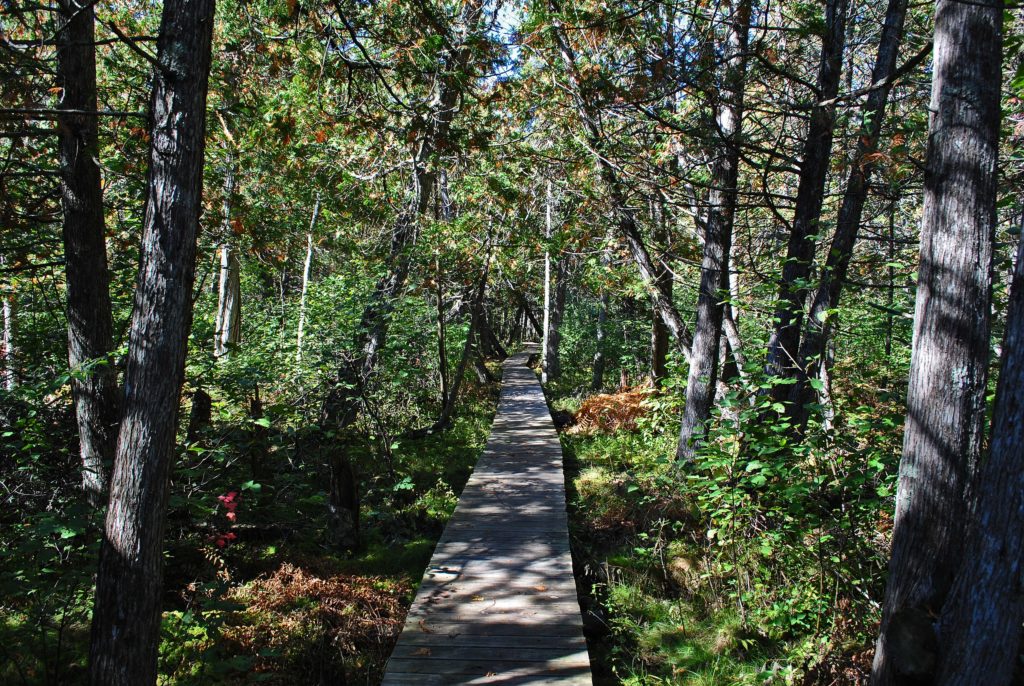
RELATED: 10+ Epic Ohio National Parks (first Hand Tips + Helpful Guide)
More Michigan National Parks
4. Pictured Rocks National Lakeshore
Pictured Rocks National Lakeshore is a stunning national park located along the southern shore of Lake Superior in the Upper Peninsula of Michigan.
The park encompasses over 42,000 acres of stunning natural beauty, including sandstone cliffs, beaches, and forests, making it one of the most scenic parks in the country.
The park’s highlight is its towering sandstone cliffs, which rise up to 200 feet above Lake Superior. The cliffs are renowned for their spectacular colors and patterns, which are the result of mineral deposits and erosion over millions of years. The cliffs are best viewed by boat, and visitors can take guided boat tours of the park to see the cliffs up close.

In addition to its stunning cliffs, Pictured Rocks National Lakeshore is home to a variety of other natural attractions, including waterfalls, dunes, and forests.
There are over 90 miles of trails in the park, providing ample opportunity for hiking, camping, and other outdoor activities.

Pictured Rocks National Lakeshore is also a popular destination for kayaking, with many opportunities for sea kayaking and kayak camping. The park’s scenic beauty, combined with its many recreational opportunities, make it a popular destination for nature lovers and outdoor enthusiasts.
Whether you’re a hiker, kayaker, or simply a lover of natural beauty, Pictured Rocks National Lakeshore is a must-visit destination.
With its breathtaking scenery, rich history, and diverse recreational opportunities, it’s no wonder that the park attracts millions of visitors every year.
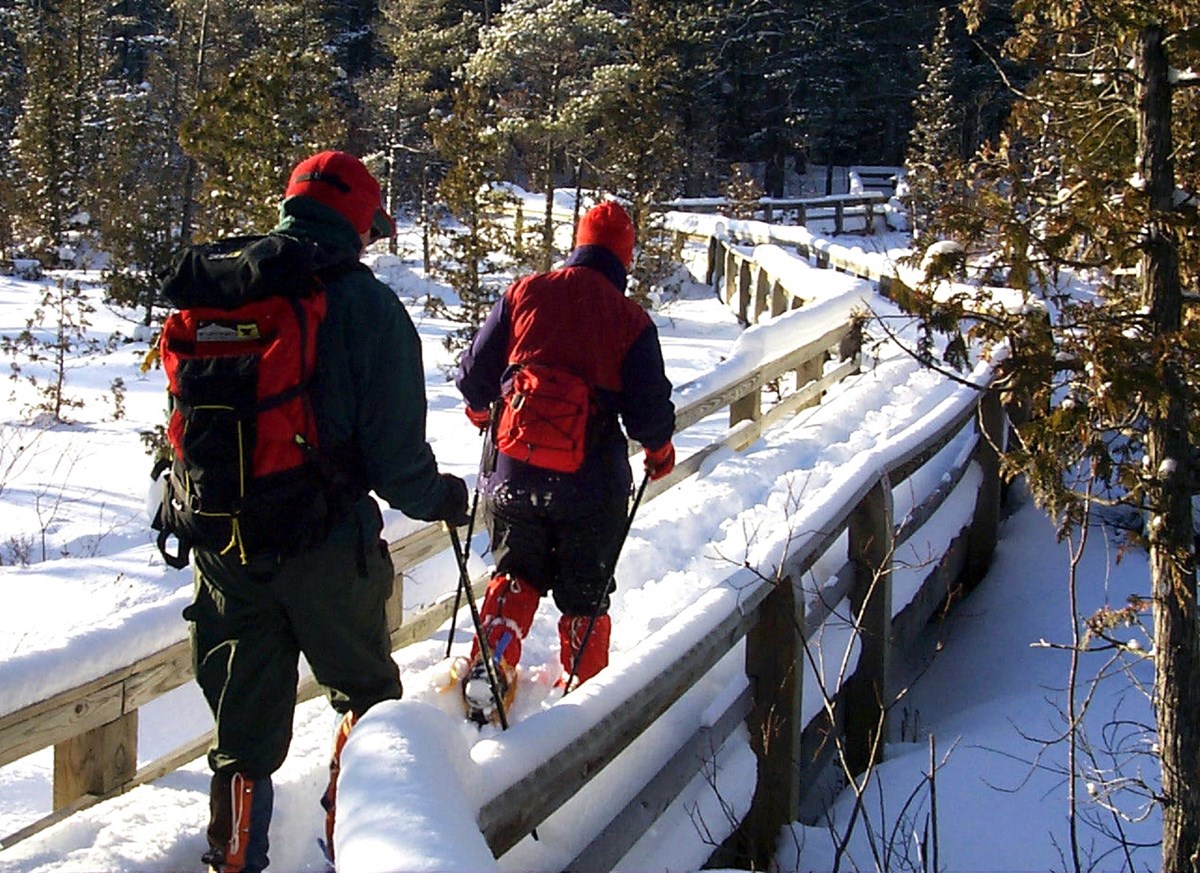
Some Favorite Things To Do At Pictured Rocks
There are many things to do at Pictured Rocks National Lakeshore, including:
- Hiking: There are over 100 miles of trails to explore, offering a wide range of difficulty levels and stunning views of the lakeshore’s natural beauty.
- Camping: There are several campgrounds available for both tent and RV camping.
- Boating and Kayaking: Visitors can rent boats or bring their own to explore the lakeshore’s many bays and inlets.
- Fishing: Visitors can fish for a variety of species, including lake trout, salmon, and bass.
- Sightseeing: Visitors can take a cruise to see the famous “Pictured Rocks,” which are multi-colored sandstone cliffs that rise 50 to 200 feet above Lake Superior.
- Waterfalls: The park has several waterfalls, including Miners Falls, Chapel Falls, and Mosquito Falls
- Beachcombing: Visitors can explore the lakeshore’s many beaches, including Twelvemile Beach, Miners Beach, and Chapel Beach.
- Wildlife Viewing: The park is home to a wide variety of wildlife, including deer, bears, eagles, and loons.
- Ranger-led Programs: Park rangers offer a variety of programs, including guided hikes, boat tours, and educational programs.
- Winter activities: visitors can enjoy the park in winter, activities such as cross-country skiing, snowshoeing, and ice fishing.
RELATED: 10 INCREDIBLE Things To Do At Voyageurs National Park
5. River Raisin National Battlefield Park
For a retired history teacher, I’m always looking for a chance to have a blast with the past and the Michigan National Parks do not disappoint. One of my favorites is River Raisin National Battlefield Park.
River Raisin National Battlefield Park is located in Monroe, Michigan and commemorates the Battle of Frenchtown, which took place during the War of 1812.
The park preserves the site of the Battle of Frenchtown, which was fought on January 18 and 22, 1813, between American and British forces, as well as their Native American allies.
The Battle of Frenchtown was a significant event in the War of 1812, as it resulted in the highest number of American casualties in a single battle during the war. Despite being outnumbered, American forces held their ground for two days, but were ultimately forced to surrender.
The aftermath of the battle was devastating for the American soldiers, as many were taken captive and subjected to cruel treatment, including mass murder.
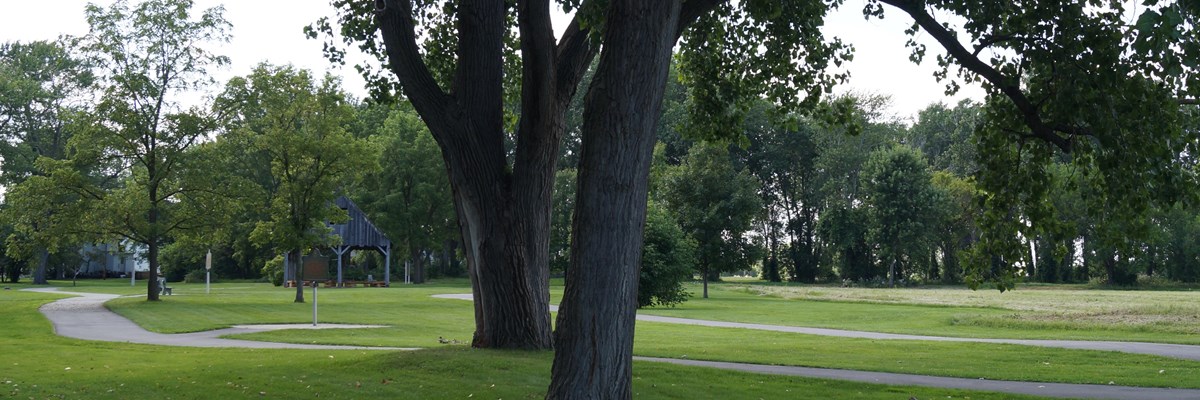
The Park Was Established To Commemorate The Battle
River Raisin was established in 2010 to commemorate the battle and preserve the site for future generations. The park features interpretive exhibits and educational programs, as well as a walking trail that provides visitors with a glimpse into the history of the battle and its aftermath.
The park also serves as a memorial to the soldiers who lost their lives in the Battle of Frenchtown, and is dedicated to preserving the memory of their sacrifice and bravery.
Today, River Raisin National Battlefield Park is an important cultural and historical resource, attracting visitors from all over the world to learn about the War of 1812 and the impact it had on the people and communities of the region.
Whether you’re a history buff, outdoor enthusiast, or simply someone interested in learning about America’s past, River Raisin National Battlefield Park is a must-visit destination.
With its rich history, beautiful setting, and educational opportunities, it’s no wonder that the park attracts visitors from all over the world.
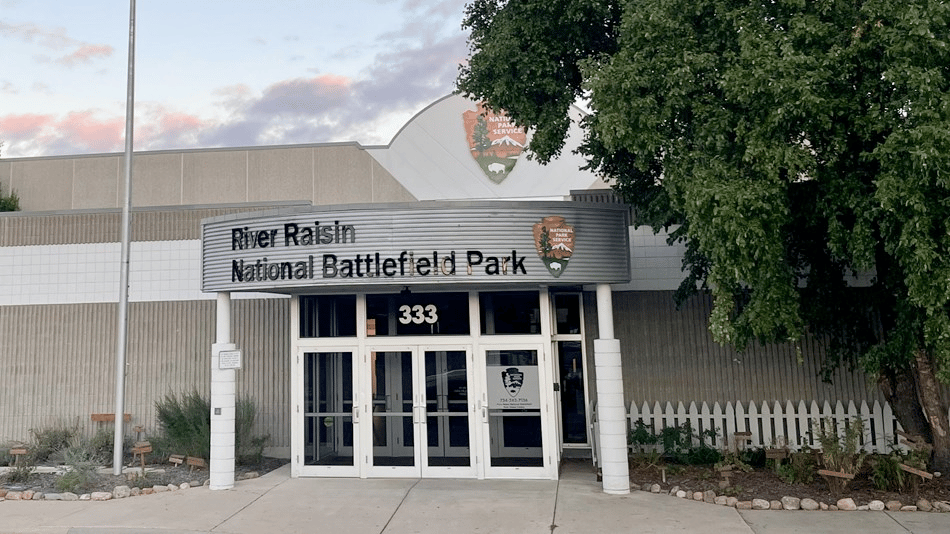
RELATED: 10 BEST Civil War Sites In America
You Can Also Enjoy The River Raisin Heritage Trail
On a lighter note, the River Raisin Heritage Trail has eight miles of paved biking and hiking trails which provide scenic routes. Visitors can walk, run, cycle and/or in-line skate on this trails.
The trail connects major historic sites, state and local parks, nationally significant buildings and ecological features.
RELATED: 10 BEST Revolutionary War Sites In America
More Michigan National Parks
6. Sleeping Bear Dunes National Lakeshore
Now if you prefer nature to history then have no fear because the Michigan National Parks will not disappoint you. A case in point is Sleeping Bear Dunes National Lakeshore.
There are some wonderful things to see and do at the Sleeping Bear Dunes National Lakeshore.
If you’re a first-timer then I recommend that you begin your visit at the Philip A. Hart Visitor Center. There you can pick up maps, watch an informative slide show and ask the park rangers questions.
The park features 64 miles of curving sand shorelines and the largest dunes east of the Mississippi. There’s also scenic hiking through hardwood forests, climbing up to beautiful bluffs and paddling along crystal clear rivers. Did I mention the biking and camping options?
There are 21 lakes at the Sleeping Bear Dunes. It’s a great place to go fishing. Inland lakes like Otter, Bass, and Glen Lake provide great spots for catching trout, bluegill and perch.
You can even explore an island. The Mishe-Mokwa (Mother Bear) ferry at Manitou Island Transit will take you to South Manitou Island where you can explore its tall lighthouse, giant cedars, shipwrecks and isolated beaches.
If you prefer a bike to a boat then there’s 22 miles of biking trails along the Sleeping Bear Heritage Trail.
This biking trail conveniently connects to the kid-friendly Dune Climb, iconic Glen Haven and fun eateries and ships as well as the beach towns of Empire and Glen Arbor.
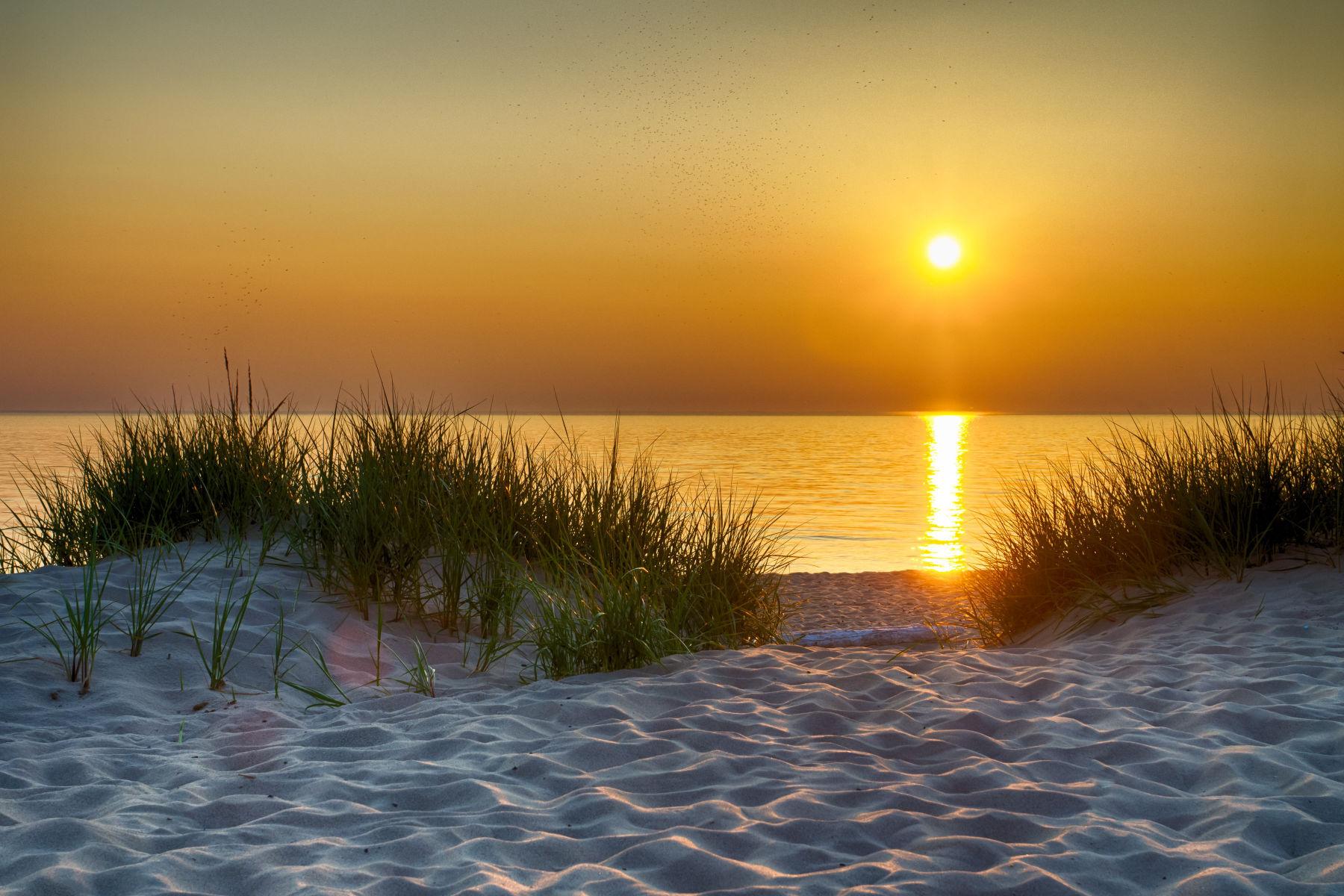
RELATED: 70+ Exciting NEW National Park Gifts
And Now For Something Entirely Different Because We’re More Than Just Parks
The Automotive Hall Of Fame
When visiting the Wolverine State why stop with the Michigan National Parks. At More Than Just Parks we’re about more than just parks. So, while you’re in the great state of Michigan, why not check out the Automotive Hall of Fame?
The Automotive Hall of Fame is an institution that was established in 1939 to honor individuals who have made significant contributions to the automotive industry. The Hall of Fame is located in Dearborn, Michigan, and is affiliated with the MotorCities National Heritage Area, a partnership program of the National Park Service.
The Hall of Fame recognizes individuals in several categories, including automotive pioneers, industry leaders, and significant contributors to the automotive field.
The first individuals were inducted into the Hall of Fame in 1939, and since then, over 800 individuals have been honored. Some notable inductees include Henry Ford, Walter P. Chrysler, and Enzo Ferrari.

You’re In Luck – The Hall Of Fame Hosts Events Throughout The Year
The Hall of Fame hosts several events throughout the year, including an induction ceremony for new members, a scholarship program for students pursuing careers in the automotive industry, and an annual symposium on the future of the automotive industry.
The Hall of Fame also has a museum that features exhibits on the history of the automotive industry, including cars, engines, and other artifacts from the industry’s past. The museum also has interactive exhibits, educational programs, and special events throughout the year.
The Automotive Hall of Fame serves as a reminder of the significant contributions that have been made to the automotive industry and serves as a way to honor and recognize the individuals who have played a key role in shaping the industry.

While You’re Visiting The Automotive Hall Of Fame Why Not Check Out The Henry Ford Museum Too
And, it gets even better than that because right next door to the Automotive Hall of Fame is The Henry Ford Museum of American Innovation.
It recounts the story of American innovation and history across 250 acres, over 300 years and with the aid of 26 million artifacts, some of the buildings that were physically moved from their original locations in Ohio, Georgia and even Switzerland.
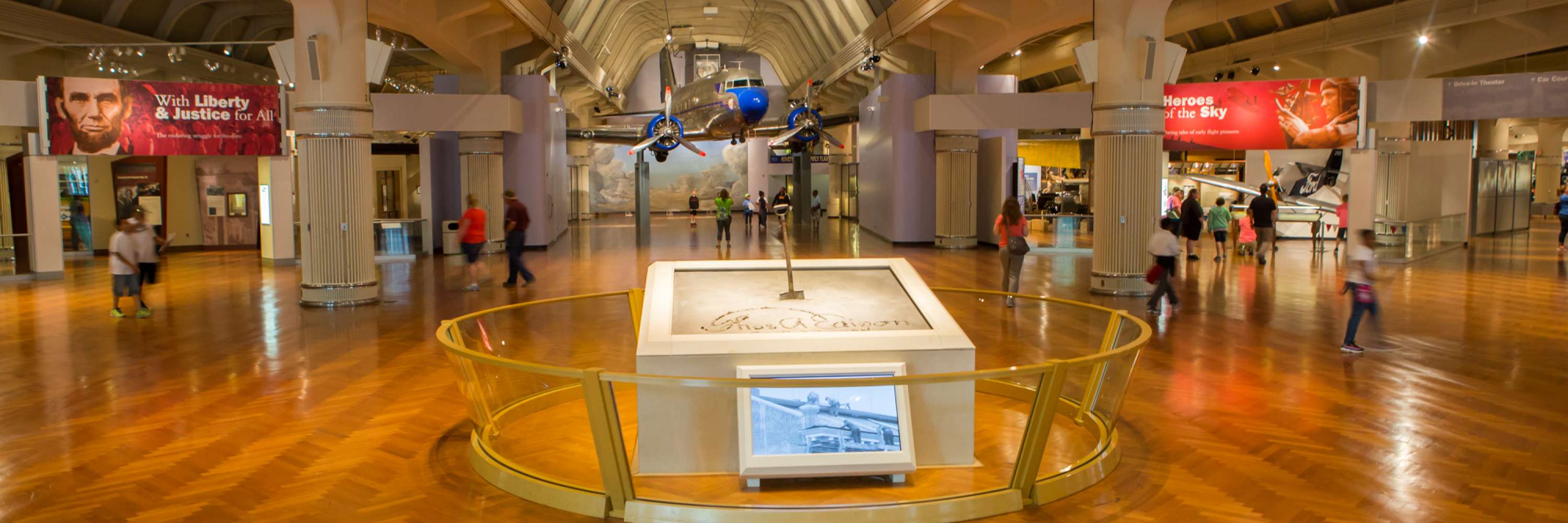
There are 4 unique attractions which include: a repository of artifacts from 19th century household items to JFK’s presidential limo; Greenfield Village with its incredible collection of historic buildings such as the Wright Brothers’ Cycle Shop; the Ford Rouge Factory Tour and the Giant Screen Experience Theater.
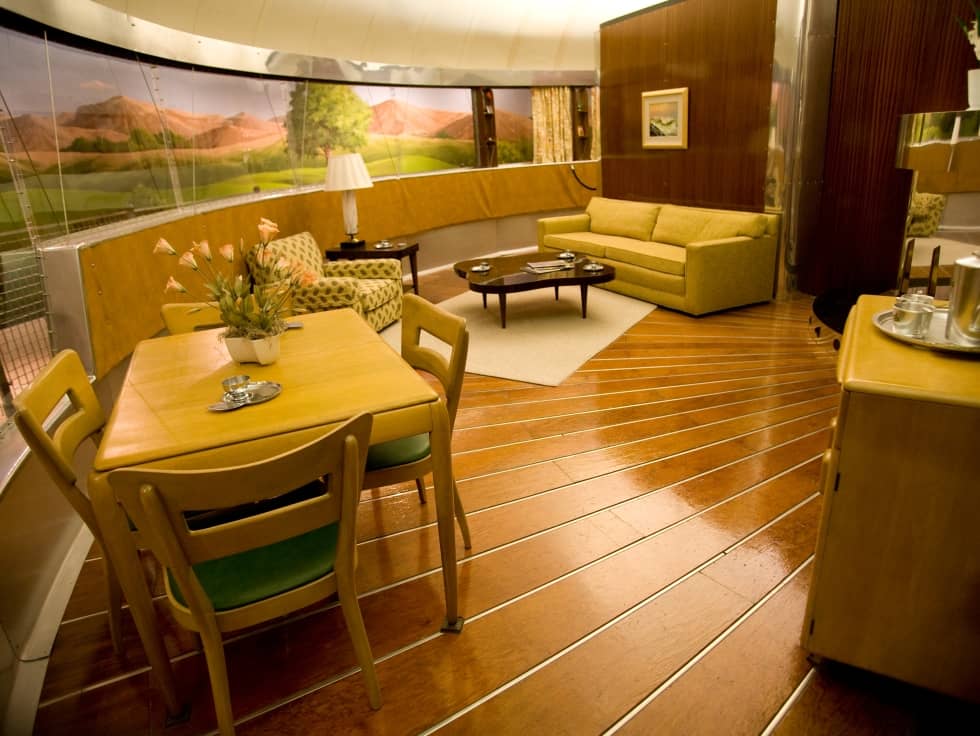
If you love cars or history or both than it doesn’t get any better than the Henry Ford Museum.
From JFK’s limousine to the bus that Rosa Parks rode on to Thomas Edison’s Menlo Park Complex and the Wright Brothers Cycle Shop, it’s all there for you to see.
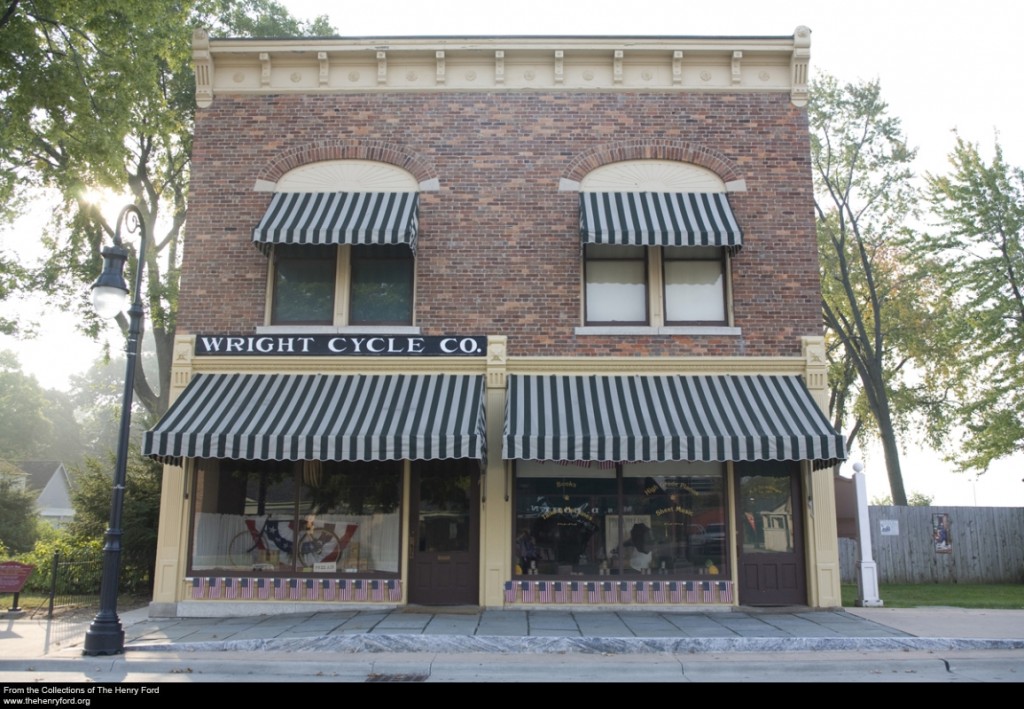
Check Out Our Voyageurs National Park Film
This film is the culmination of several weeks spent in the northernmost region of Minnesota known as Voyageurs National Park.
Encompassing more than 340 square miles, Voyageurs is a watery wonderland almost exclusively accessible by boat. Journey with us as we explore a land blanketed in pristine lakes, erupting with kaleidoscopic fall colors, and home to the most spectacular displays of the northern lights on the planet. This is Voyageurs.
Filmed primarily in stunning UHD 8K. This film was made possible by the wonderful people at the Voyageurs National Park Association who work so hard to maintain the park for folks like us.
If you plan on visiting the park be sure to check out boat rentals in the area! One cool feature of the park is that there are no traditional campgrounds, only individual campsites constructed so that no one is visible from another.
We chose to shoot this film in the Fall because of the unbelievable display of fall foliage that can be seen here each year.
Perhaps the coolest feature of this park is only visible after the sun goes down. Voyageurs is recognized as one of the best places to view the Northern Lights in the world.
Michigan National Parks FAQ
Michigan’s Isle Royale Among Least-Visited National Parks In The United States.
Michigan is the only state that touches four of the five Great Lakes. As such, it’s home to the longest freshwater coastline of any U.S. state, and the second-longest coastline, period (coming in behind Alaska). Anywhere you stand in the state, you’re no more than 85 miles from a Great Lake.
The following is a list of must-see historic sites in Michigan:
Automotive Hall Of Fame
Henry Ford Museum Of American Innovation
Motown Museum
Fort Mackinac
River Raisin National Battlefield Park
Shrine Of The Pines
Norton Mound Group
Alden Dow House & Studio
Windemere
Tibbits Opera House
Why Trust Us About National Parks In Michigan?
We’re Jim Pattiz and Will Pattiz, collectively known as the Pattiz Brothers (and sometimes the Parks Brothers) and we absolutely LOVE the national parks.
You should probably know that we don’t just make this stuff up out of thin air. We’ve spent our entire adult lives exploring and filming America’s national parks and public lands.
We’ve worked with the National Park Service, the Department of Interior, USDA, and the U.S. Forest Service for years creating films on important places and issues. Our work has been featured in leading publications all over the world and even some people outside of our immediate family call us experts on the national parks.
Meet The Parks Brothers
Map Of Michigan National Park Sites
List Of Michigan National Parks
- Isle Royale National Park
- The Keweenaw National Historical Park
- North Country National Scenic Trail
- Pictured Rocks National Lakeshore
- River Raisin National Battlefield Park
- Sleeping Bear Dunes National Lakeshore
We Hope You’ll Follow Our Journey

Our goal here at More Than Just Parks is to share the beauty of America’s national parks and public lands through stunning short films in an effort to get Americans and the world to see the true value in land conservation.
We hope you’ll follow our journey through the parks and help us to keep them the incredible places that they are. If you’re interested in joining the adventure then please sign up below!
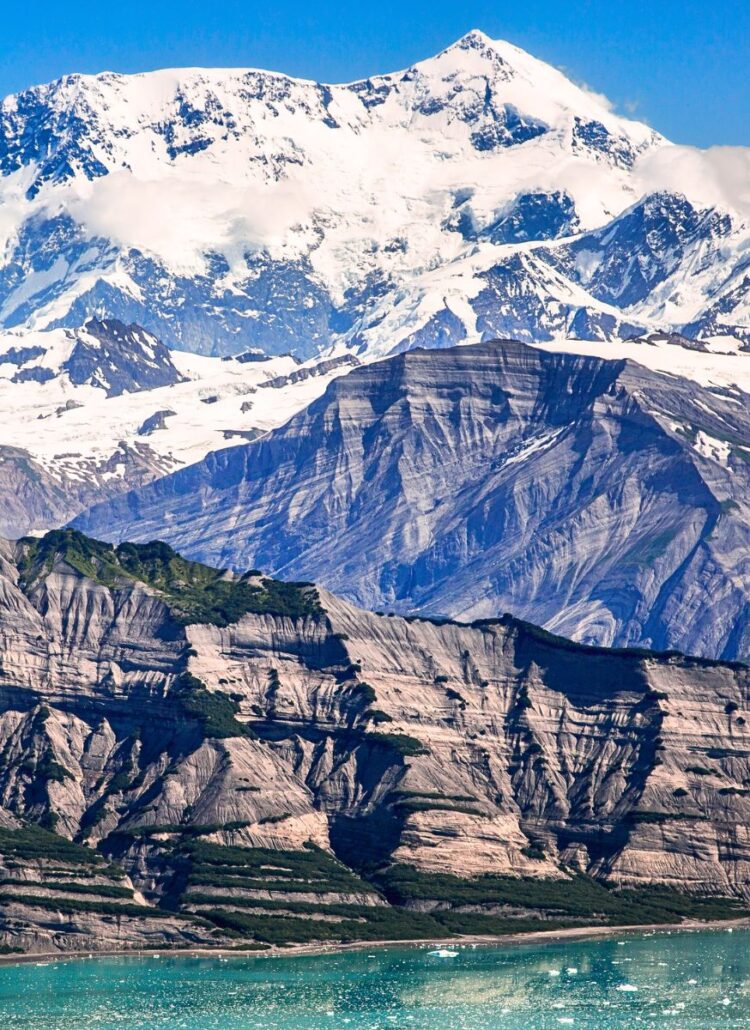
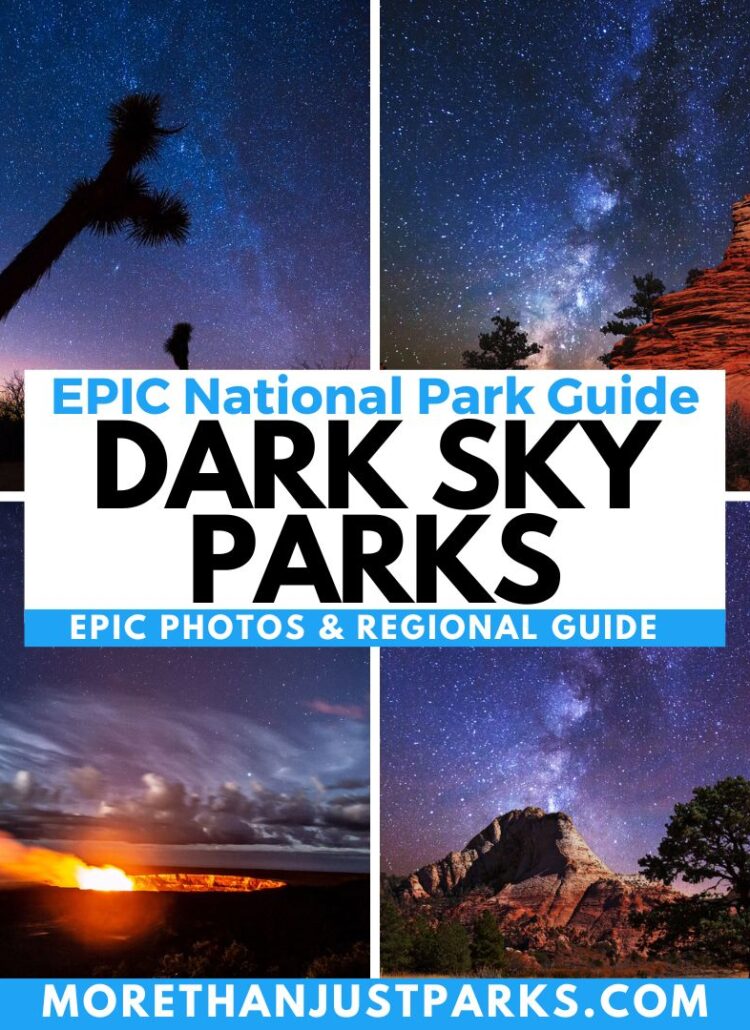
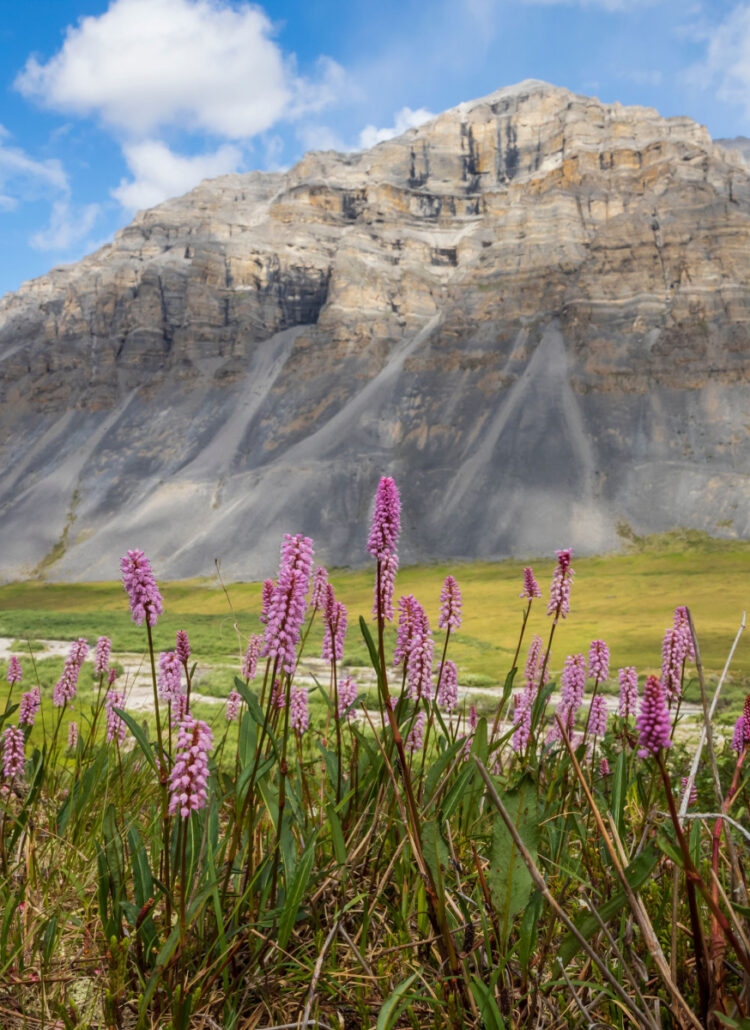
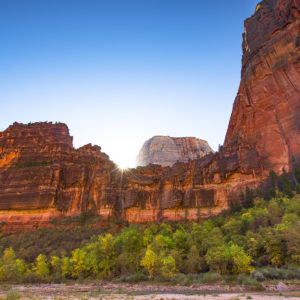
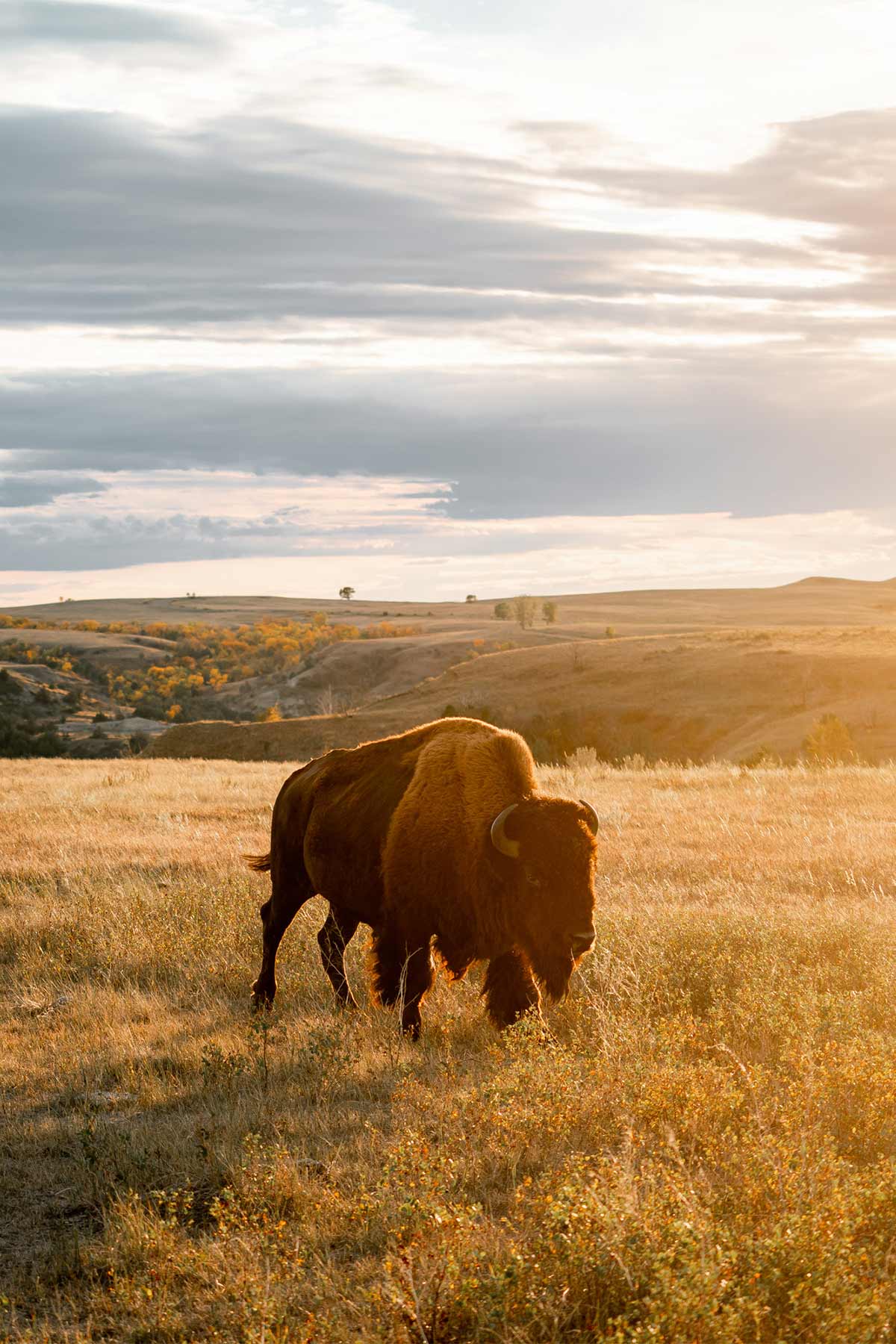
Leave a Reply